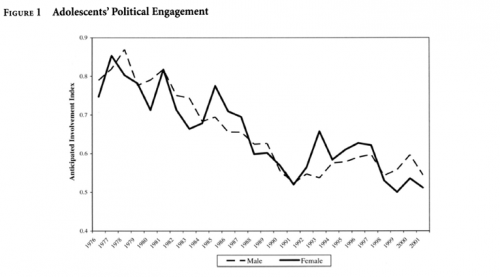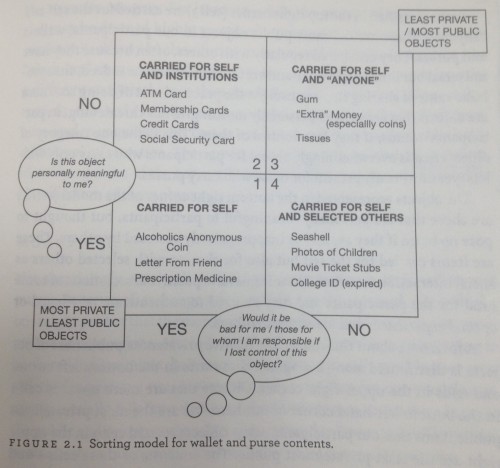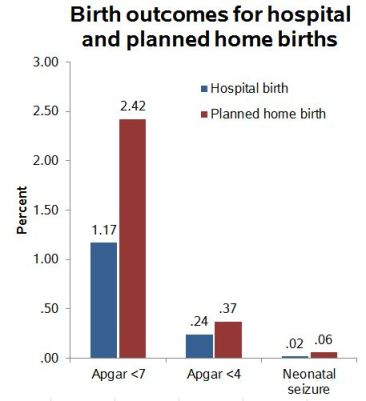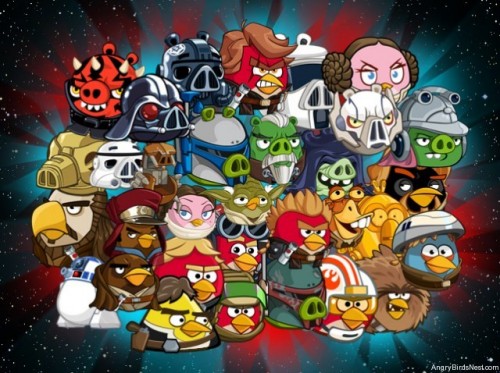“It’s worth recalling that Loving v. Virginia, the Supreme Court case that struck down laws prohibiting interracial marriage, centered on the union of a white man and a black woman. These laws ended at least in part because, in an ironic twist, racism had interfered with a white man’s right to choose.”
— Jelani Cobb for The New Yorker.








